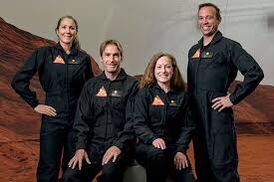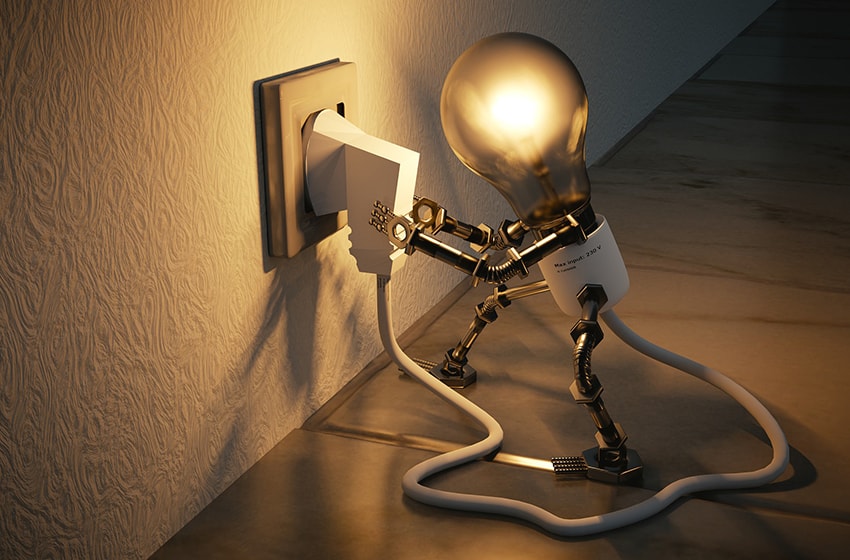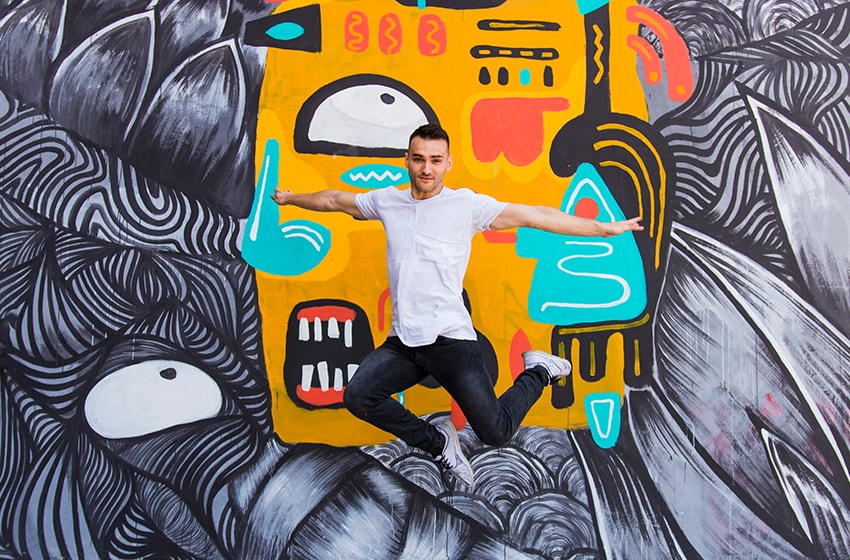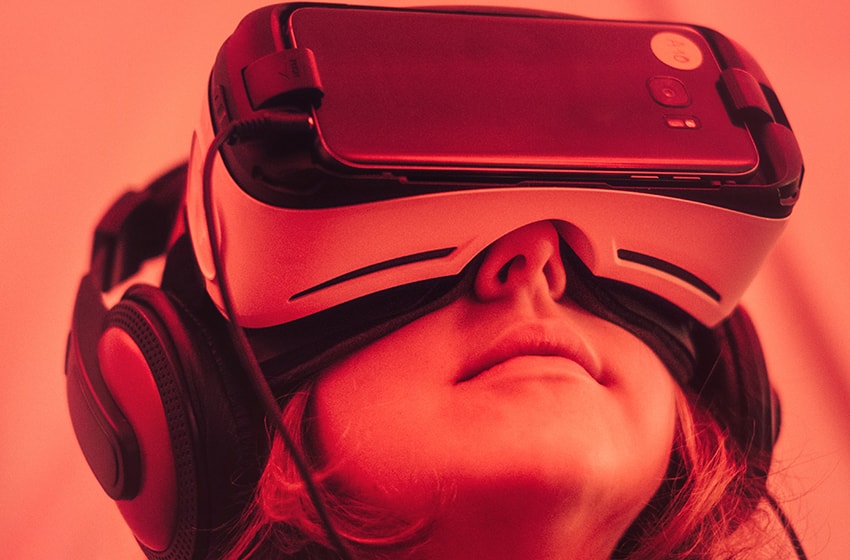UP: पीएम मोदी का जन्मदिवस: विधानसभा अध्यक्ष ने खिलाए "गुलगुले"
Four Volunteers Begin Year-Long Mars Habitat Simulation Under NASA’s CHAPEA Mission
New Delhi | Sept 08, 2025
Four volunteers are preparing to embark on a unique year-long mission that simulates what life might be like on Mars. The experiment, part of NASA’s Crew Health and Performance Exploration Analog (CHAPEA), aims to test human endurance, adaptability, and health under conditions similar to those on the Red Planet.
On October 19, Ross Elder, Ellen Ellis, Matthew Montgomery, and James Spicer will enter Mars Dune Alpha, a 1,700-square-foot, 3D-printed habitat located at NASA’s Johnson Space Center in Houston. They will live in isolation for 378 days, concluding the mission on October 31, 2026. Two alternate crew members, Emily Phillips and Laura Marie, are also on standby.
Inside the habitat, the crew will perform a range of scientific and operational tasks, including simulated Mars walks, robotic operations, and cultivation of crops in a small vegetable garden. They will also test new technologies designed for long-duration space missions, such as advanced potable water systems and diagnostic medical devices.
The CHAPEA simulations expose participants to challenges astronauts would face on Mars—limited resources, equipment malfunctions, communication delays, and the psychological strain of isolation. These conditions are designed to generate critical data about human performance and resilience during long-term space exploration.
“As NASA prepares for future Artemis missions, CHAPEA and similar analogs help us identify the essential skills and tools astronauts will need,” said Sara Whiting, project scientist with NASA’s Human Research Program.
Grace Douglas, CHAPEA’s principal investigator, added: “The simulation will allow us to measure cognitive and physical performance under Mars-like conditions. This insight is vital for ensuring astronauts remain safe and mission-ready.”
This is NASA’s second year-long CHAPEA mission. The first, completed in July 2024, provided baseline data that has already influenced mission planning for future Mars exploration.
NASA is not the only space agency investing in analog missions. India recently carried out its own Mars-life study under the leadership of Protoplanet and ISRO. The program, called Himalayan Outpost for Planetary Exploration (HOPE), was set up in Ladakh to investigate the effects of isolation on the human mind and body.
Together, these efforts mark an important step toward preparing humanity for the challenges of interplanetary living and exploration.
Four Humans Begin Mars-Like Mission
Four volunteers are about to spend 378 days inside Mars Dune Alpha, a 3D-printed habitat at NASA’s Johnson Space Center. This year-long CHAPEA mission will simulate life on Mars, testing how humans cope with isolation, limited resources, delayed communication, and tough daily tasks. The crew will conduct scientific research, grow vegetables, perform simulated Mars walks, and trial new space technologies. The data will help NASA prepare astronauts for future missions to the Moon and Mars. As space exploration moves closer to reality, experiments like this bring us one step nearer to calling another planet home.














Add Comment